This past weekend, I had the pleasure of being the guest of La Aurora at their facility in Santiago, Dominican Republic.
I was part of a group that included Charlie Minato of The Cigar Feed, Brian Hewitt and Jerry Cruz of Stogie Review, David ‘Doc’ Diaz of Stogie Fresh, Ben Lee of Nice Tight Ash, Mario Takeyama of Cigar Explorer, David Jones of Tiki Bar Online and Barry Stein of A Cigar Smoker’s Journal. There were also two contest winners, Gary and Anthony whose trips coincided with ours.
Our first full day in the Dominican Republic kicked off with a tour of La Aurora’s factory in Santiago. José Blanco, La Aurora’s Director of Sales, led us through an all-inclusive tour of the factory. Our first stop was José’s office to see his infamous stinky ashtray that is never emptied.
Our next stop was the rolling room. Now, most of us have been to events that featured a roller. While that has always been a cool thing to see, it does not compare to witnessing an actual production facility.
Most operations create teams of two when it comes to assembling cigars. La Aurora is unique in that they use two teams of four situated back to back. This way if a team is down one or members, they do not lose any productivity. In a team of two, if one member does not show, the other person is either sent home or has to do some other job in the factory. I believe I counted 48 rollers in full swing the morning we were there.
Another interesting thing I saw in the rolling room was some type of material ‘tubes’ with holes in them. They were stretched across the ceiling, over the rollers. This system of tubes is used to introduce an even amount of humidity into the room when required.
Next, we entered a testing lab where every La Aurora cigar is draw tested, among other things.
Behind the testing lab and across a large hallway, was the machine-made room. The people and machines in this room are responsible for the Tatiana line and other smaller cigarillos.
We then entered some storage areas where La Aurora keeps the tobacco they will use in the next eight or nine months. The rooms were on the cooler side and you could detect a faint odor of ammonia.
From the storage area, we walked around a corner and came across a very interesting contraption. Standing before us was an approximately 10 foot wide by 15 foot long by 8 foot high clear walled ‘room’ that is used to add moisture back into the stored tobacco leaves. Inside the room are several poles that workers were clipping bunches of tobacco to. Once all the poles were full, a mist is introduced into the space. The tobacco is rotated around the perimeter. After about an hour, the tobacco is removed and brought to the next station.
We also saw a room full of machines that are used to remove the large center stems from the tobacco leaves and then sorted into piles.
The next stop was the packaging room. Here we saw cigars in various states of packaging. Some cigars were being put into aluminum tubes, others in fancy dress boxes and still others in simple cardboard and cellophane boxes.
I also saw a brand I had never seen before called Imperial. This is a European only brand for the moment.
From the packaging room, we walked over to the aging room. In this room each La Aurora cigar spends anywhere between 8 months and 2 years. A large box of charcoal sat to one side to help absorb any ammonia odors. The cigars sat in three-sided wooden boxes, some in wheels, others stacked loose on top of each other. Each box had a label that detailed the date the cigars entered the room, the type of cigar and who rolled them.
Next we visited the freezer area where the cigars are stored for 90 days at 20 below zero. This is to kill the dreaded tobacco beetle. As José mentioned, all tobacco has them. You just have to do everything you can to keep them from hatching, from the manufacturer to the end-user.
The freezing or ‘fumigacion de frio’ room was our last stop on the tour. From there we went to the conference room to begin our cigar tasting seminar which I posted about on Wednesday.
At this time, I would like to thank our hosts and the people involved in coordinating our trip:
First and foremost, I would like to thank Guillermo León, Vice-President Ejecutivo of La Aurora, for his generosity and hospitality. He welcomed us and treated us like his own family, opening his house to us on Saturday night, for a wonderful evening of local cuisine, drinks, cigars and karaoke. It was a pleasure to meet you and your family and I hope to see you again soon.
I would like to thank José Blanco for his informative tour of the factory and his extremely educational tasting seminar. José ‘s seminar brings home the old saying ‘you learn something new everyday’. As much as you think you may know about cigars, there is always something more to learn.
It was also nice to meet Jose Manuel and Amaury Abreu. Thank you both for all your help on the trip.
Last but not least, I would like to thank Jason Wood of Miami Cigar Company, for inviting me, making travel arrangements and all around coordination. I hope to come back to Miami soon and have a smoke with you at Cigar 1 Lounge.

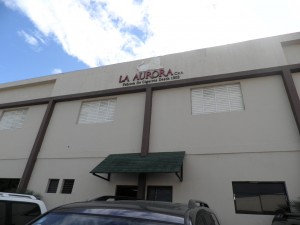
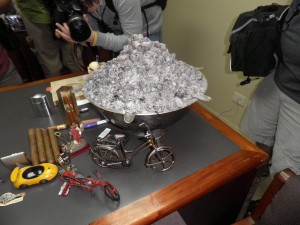
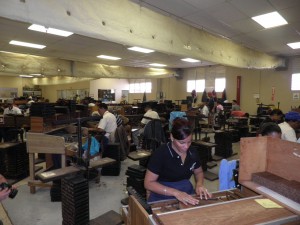
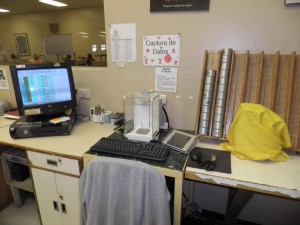
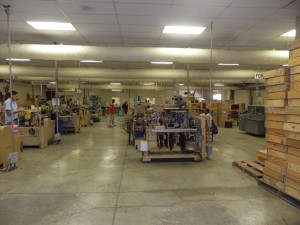
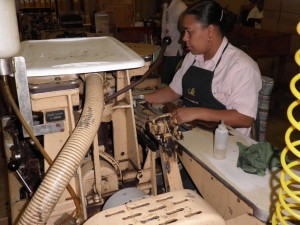

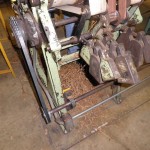
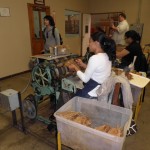
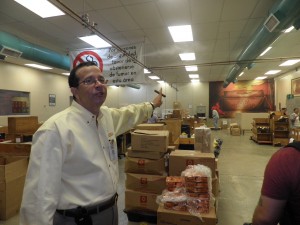
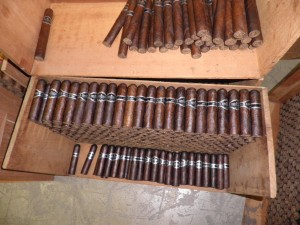
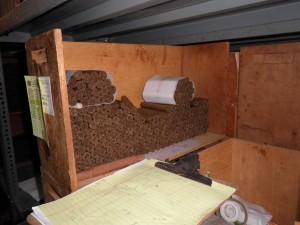
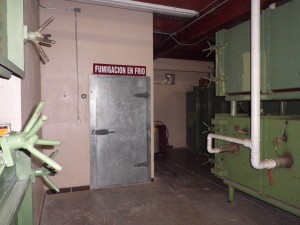
Just want to say your article is as astounding. The clearness in your post is simply nice and i could assume you’re an expert on this subject. Fine with your permission let me to grab your RSS feed to keep up to date with forthcoming post. Thanks a million and please carry on the gratifying work.
Hey Max here, Like your blog on this site at http://thecigarsmokingman.com/2011/03/25/la-aurora-factory-tour/ i have gone ahead and linked this to it at the “sites we like” page of the website so the viewers are able to see it too.
Even though this might not be a healthy lifestyle to follow, I have to admit cigar-smoking has always looked cool